Y’all, I have good news.
Italy banned cruise ships’ entry into Venice starting August 1st. The once-upon-a-time-city-state’s lagoon has been declared a national monument.
2020 reminded citizens and ecologists alike how healthy the waters were without the larger than life vessels. So a few weeks ago, when the first cruise ships since COVID-19 barreled their way through the Adriatic, locals took to the waters to let them know big boats weren’t welcome. Tiny watercraft swarmed their giant adversary, oblivious passengers gathered at heights above to see how unwelcome their method and means of transportation were in their next destination.
The protests worked–the government listened and banned everything over 25,000 tons or taller than 180 meters.
What a beautiful moment when a country put the needs of locals and the environment at the forefront.
Now for a few photos I took several years back to appreciate the architectural and cultural phenomenon that is Venice.
Modern Day Venice:
- Venice sinks 1 to 2 millimeters every year.
- It’s made up of 118 individual islands, connected by canals and over 400 bridges.
- Venetian gondolas are constructed of 8 different species of wood (lime, oak, mahogany, walnut, cherry, fir, larch, and elm) to honor the different parts of the city.
- On November 13, 2019 the city saw its greatest flood yet, with 80% of its surface underwater.
- Venice is now outfitted with Mose, a system of 78 gates to block the acqua alta.

Venice is incredible. And it’s spinning slowing into the sediment below. The canals and car-free streets set the aquatic metropolitan apart from everywhere else. That’s why tourists surge, their luggage drumming the surface of the already worn marble footpaths.
Locals dwindle as the cost of living soars. Those who’ve stuck it out are stuck in the mud, along with their drowning homes. Banners dangle from windows, flapping in a fight for quality of life, protesting cruise ships and the mafia alike.
Piazza San Marco, the most notable city square, commonly flooded in recent times
The History of Venice:
- The first recorded inhabitants were referred to as incolae lacunae, with translates to “lagoon dwellers,” in Roman records.
- From 9th to the 12th century, Venice established itself as a powerful city state and leader in trade.
- In the 13th century, Venice was the richest city in all of Europe.
- After adopting the German printing press, it became the printing capital of the world.
- However, in the 15th century, the gradual fall of the great city began as trade competition increased.
- The Black Death claimed the lives of one third of Venice’s population. The word quarantine is derived from Venetian word ‘quaranti giorni.’
- The city state eventually lost its independence, conquered first by Napoleon, then Austria, and followed by Italy.

details of Doge’s Palace, constructed in 1340 in the Venetian Gothic style
Speaking of boats, Venice’s main mode of transportation happens by water. There are trash boats, ambulance boats, refrigerated boats, even hearse boats. The Veneziana Motoscafi, pitctured here, function as water taxis. They are a really fun way to see the city (and definitely more fun than any of the boats aforementioned in this post).
a view of the Grand Canal from Rialto Bridge
Around 25 million tourists visit Venice each year. That means a lot of these booze-filled boats make deliveries every day. Scroll down to see a few construction boats. The ingenuity is so wonderfully from an earlier era.
“Oh yes, it was my Venice! Beautiful,
With melancholy, ghostly beauty—old,
And sorrowful, and weary—yet so fair,
So like a queen still, with her royal robes,
Full of harmonious colour, rent and worn!”― Ada Cambridge

Venice is, and always has been, a champion of the arts. Pieces are strewn about the city: in the middle of a park, partially submerged in a canal, to something quickly painted on a wall.
“The experts are right, he thought. Venice is sinking. The whole city is slowly dying. One day the tourists will travel here by boat to peer down into the waters, and they will see pillars and columns and marble far, far beneath them, slime and mud uncovering for brief moments a lost underworld of stone. Their heels made a ringing sound on the pavement and the rain splashed from the gutterings above. A fine ending to an evening that had started with brave hope, with innocence.
-Daphne du Maurier, Echoes From the Macabre



Gondolier–the job Venice is most known for–is extremely sought after. You must be Venetian born to qualify for one of the 425 available licenses. It also requires over 400 hours of training as an apprentice. The licenses, originally passed down from father to son, are now given to the gondolier’s beneficiary and they get to decide who will oar on.
With a salary of about 100,000 to 150,000 euros per year, you can see why it’s such a competitive field. Astoundingly, in over 900 years, only one woman has been able to secure a license. In 2010, 24-year-old Giorgia Boscolo made history as the first ever official female gondolier.
Venice is also home to incredible foods: from deep fried mozzarella sandwiches to seafoods found only in their lagoon. And if you’re a fan of pistachios, then Italy is the place for you. It’s said that their volcanic soil is perfect for growing the ideal green nut. You’ll find pistachio flavored everything, which contrasts quite nicely with the rust colored bricks and vibrant waters.

“An orange gem resting on a blue glass plate: it’s Venice seen from above.”
– Henry James
“Venice, the most touristy place in the world, is still just completely
magic to me.”-Frances Mayes
The Carnevale di Venezia, known worldwide for the intricate masks worn during the festival, originated in 1162. The celebration typically lasted from December 26th to Ash Wednesday. Parties filled the streets as the masked multitudes danced and pulled pranks. The ability to conceal identities took power from the class system and people mingled as never before. Eventually some took advantage of the perks of disguise and the pranks turned sinister. In 1797, the festivities were outlawed altogether by the Emperor of Austria, Francis II. The act of even wearing a mask was suddenly illegal.
Fast forward to 1979 when the Italian government reinstated the old traditions to honor culture and history. The Carnival draws in about 3 million each year to the already highly visited city.

Venice, your victory over cruise ships is inspiring. What an admirable stand against titan of industry that’s irresponsibly wreaking havoc on some of earth’s most beautiful and vulnerable locations.



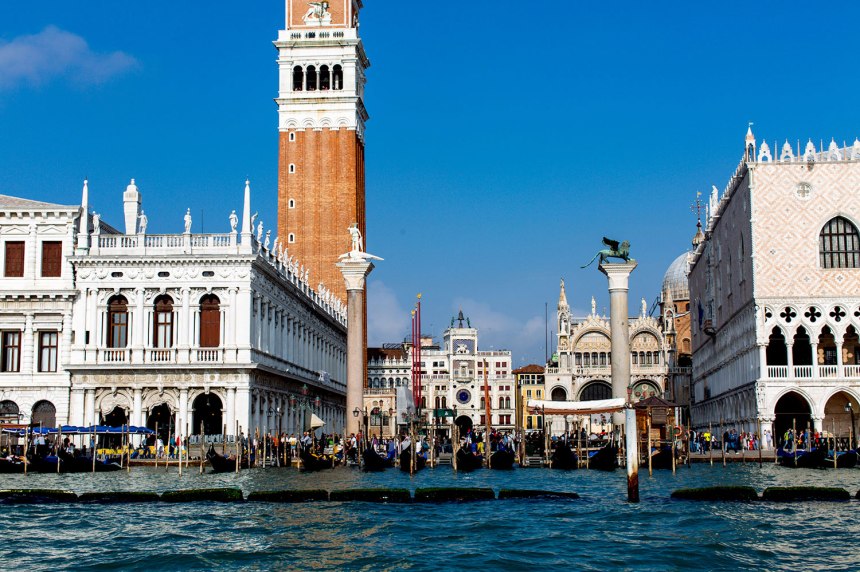











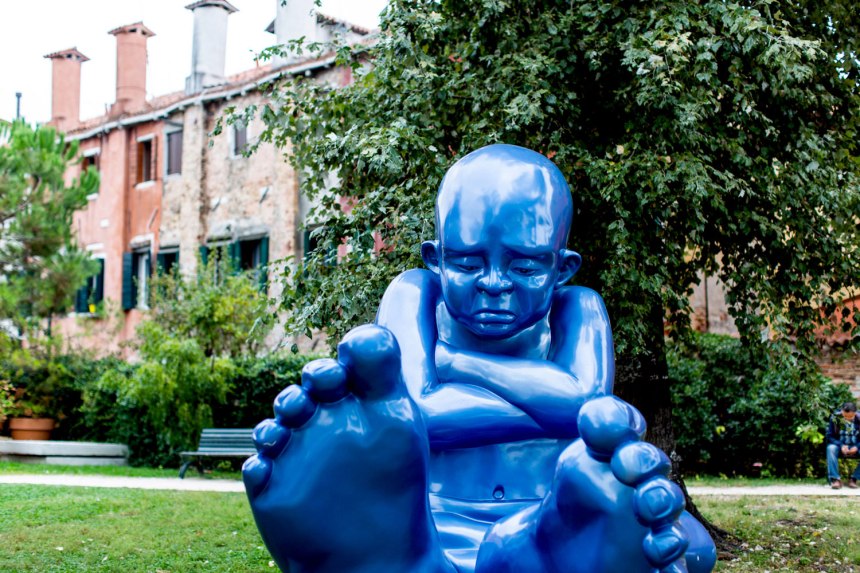






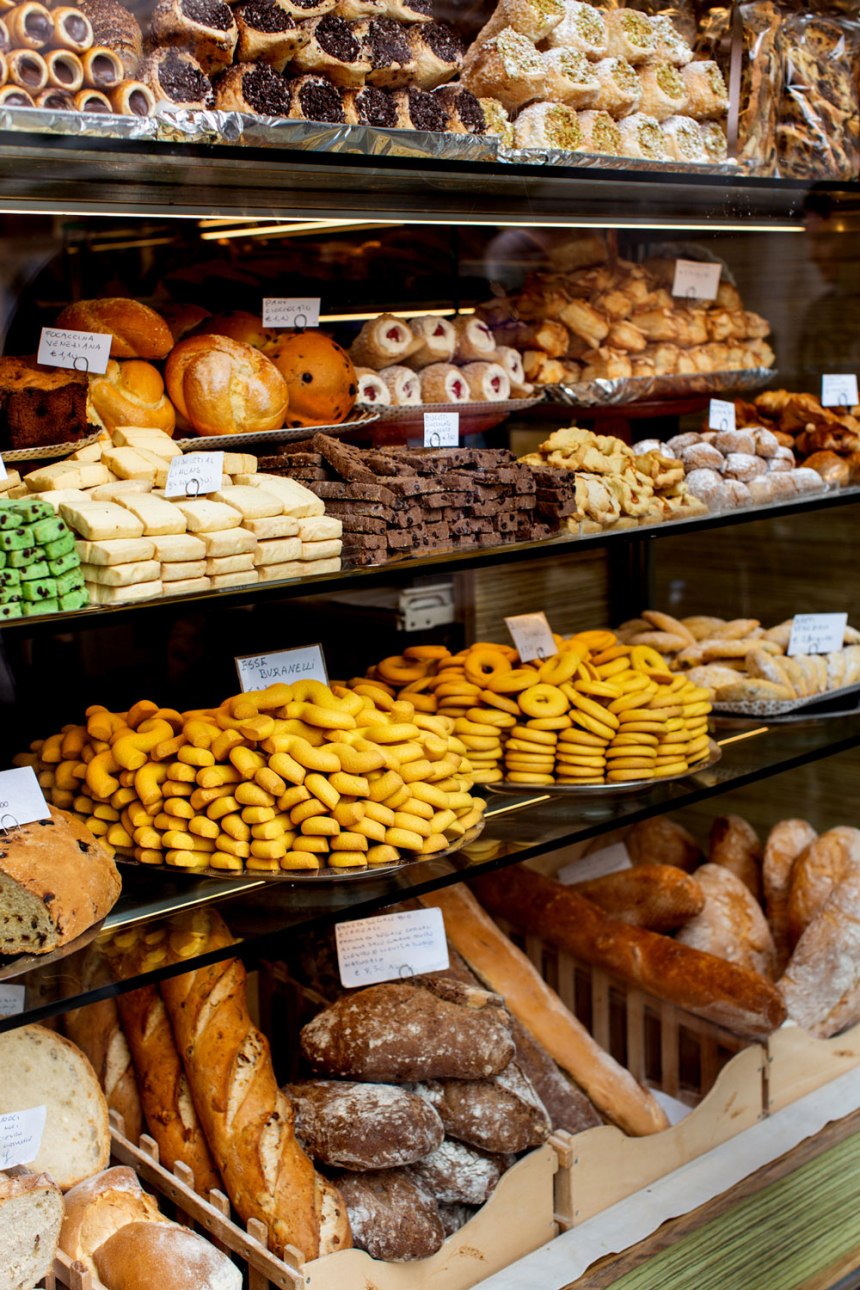


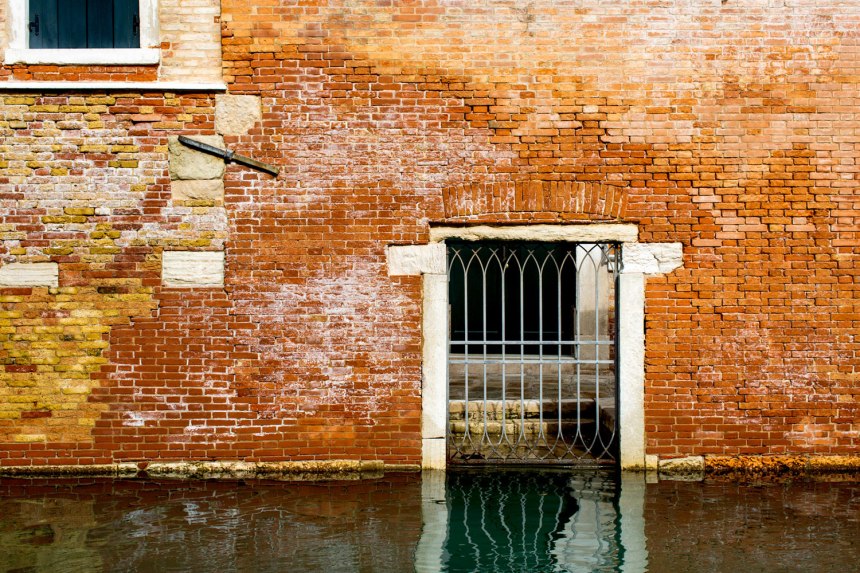


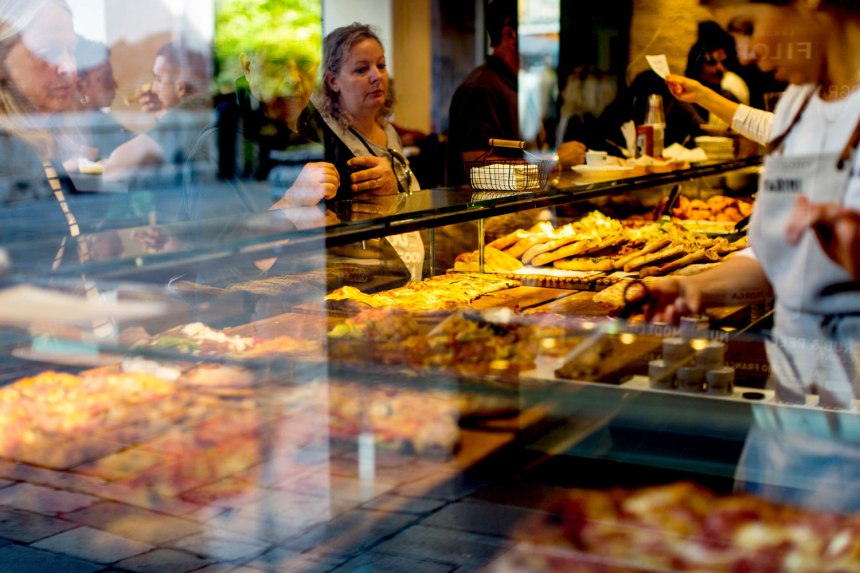










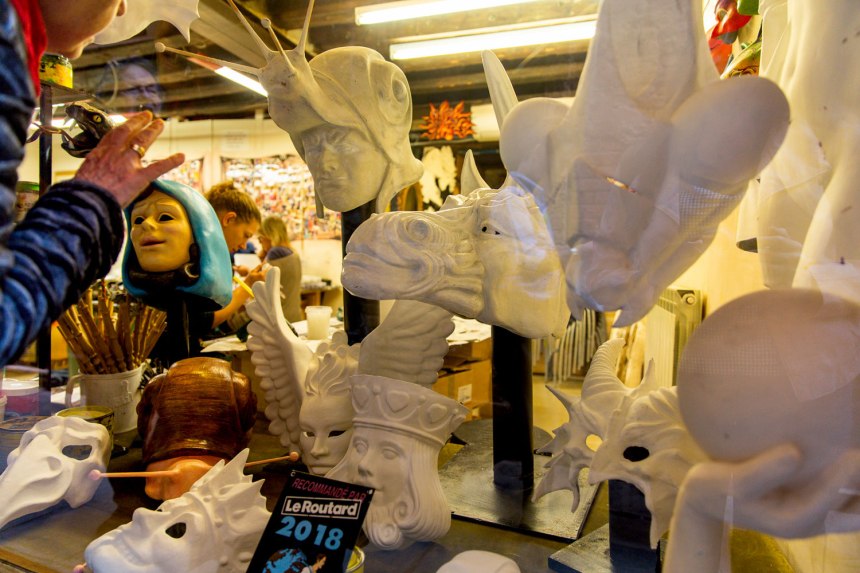

I love venice but there is too much tourism without rules
agreed! There really is no place like Venice, and that’s a beautiful reason to visit.
But when cruise ships with over 5,000 people unload all at once on a city of that size–even if just for a few hours–it can cause utter mayhem. Not to mention all that can happen to a city teetering so dangerously at sea level…
Beautiful. Yay Venice!!!
I love Venice!
Reblogged this on Rashid's Blog: An Educational Portal.
Thanks for sharing!